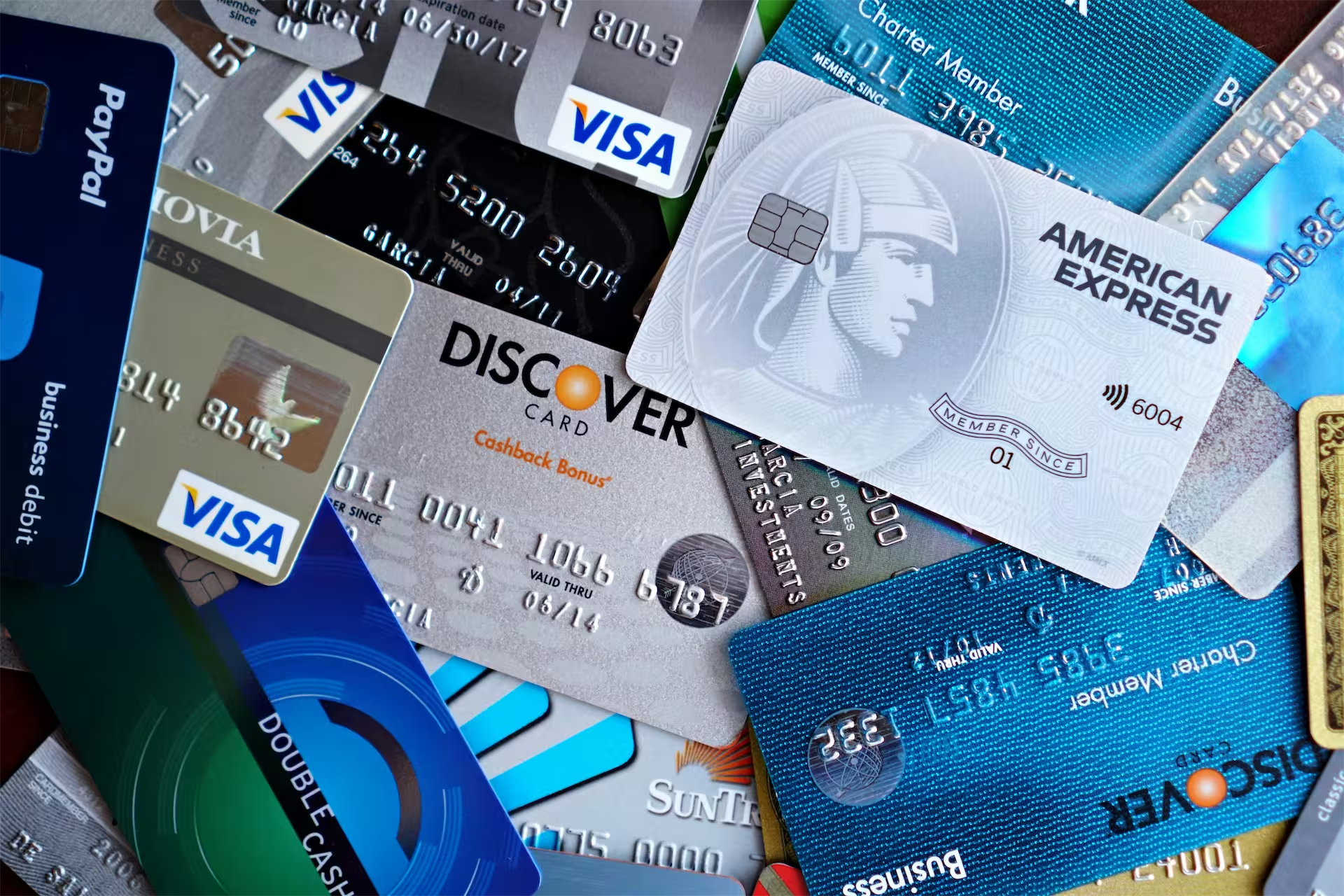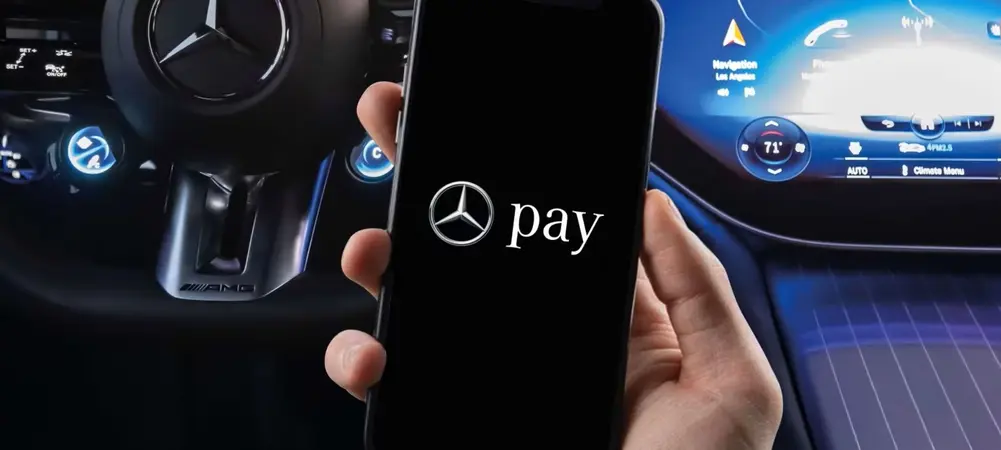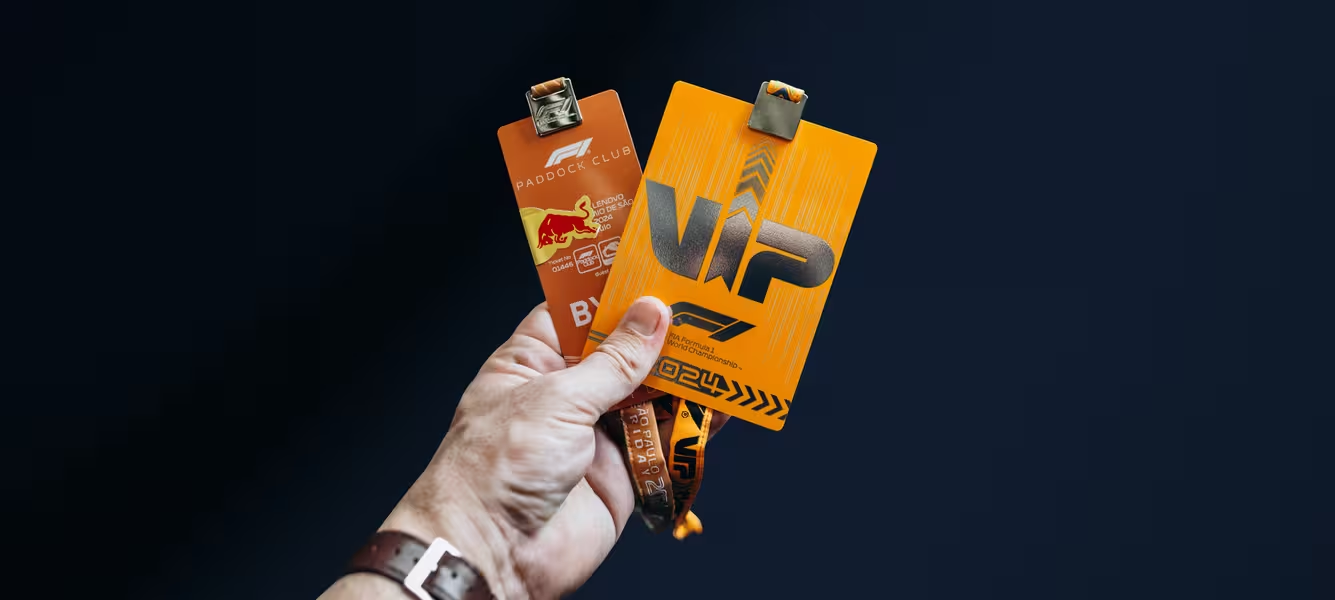A Complete Guide to Payment Cards: History, Types, and Key Facts

From forgotten wallets to tap-to-pay convenience, payment cards have evolved into an essential part of modern commerce. They’re not just tools for transactions – they represent decades of innovation in security, accessibility, and consumer choice.
This guide takes you through the history of payment cards, the different types available today, and some surprising facts that shaped their development.

From the First Charge Card to Today’s Smart Payments
The modern payment card era began in 1949 when the Diners Club Card emerged after a businessman forgot his wallet during a dinner meeting. While earlier forms of account cards existed, Diners Club became the first widely recognized credit card, prompting the need for secure acceptance and transaction processing systems.
Key milestones in payment card history:
- 1958 – BankAmericard (later Visa): Bank of America launched the first large-scale revolving credit card, allowing customers to carry balances and pay interest. This innovation became the foundation of Visa (National Museum of American History).
- 1967 – Barclays Bank introduced the first ATM, allowing cash withdrawals with a PIN. Early machines even used cheques with machine-readable encoding.
- 1979 – VISA launched the first point-of-sale (POS) terminal, and Mastercard introduced the magnetic stripe, which is still present on cards today, although largely replaced by chip technology.
- 1984 – Chip Cards: French banks introduced chip-enabled cards, paving the way for the EMV standard (Europay, Mastercard, Visa) that today underpins global card security (Thales).
- 1990s – EMV Adoption: The EMV standard spread across Europe and then globally, significantly improving security compared to magnetic stripe transactions (EMVCo).
- mid-1990s – ExxonMobil’s Speedpass™ was introduced, and over 6 million customers from that time used a key fob, vehicle tag or watch to pay for gas and convenience store items at more than 7,500 Exxon and Mobil stations in the United States, Canada, and Singapore. (Smart Card Alliance).
- 2000s – Contactless Payments: Mastercard’s PayPass and Visa’s payWave introduced contactless cards, enabling tap-to-pay transactions and reducing checkout times (Wired).
- 2006 – A Mastercard PayPass wristband trial: sports fans at Giants Stadium (NYC) were given NFC wristbands loaded with funds to use at concession stands (Finextra).
- 2010s – Digital Wallets: The launch of Apple Pay (2014), Google Pay, and Samsung Pay brought mobile NFC payments and integrated biometric authentication, making smartphones an alternative to physical cards (Apple). Mainstream adoption moment – wearables with NFC payments reached the global consumer market.
- 2017 – Fitbit officially announced the Fitbit Ionic smartwatch, its first device with Fitbit Pay (NFC contactless payments) (Arstechnica), and Garmin unveiled the Vivoactive 3 at IFA 2017 (Berlin), introducing Garmin Pay as its first contactless payment solution (Arstechnica).
- 2020 – COVID-19 acceleration: Hygiene concerns and raised contactless limits drove a surge in wearable payments, pushing smartwatches, rings, and bands into mainstream use. Additionally, EMV tokenization and biometric authentication became baseline features of mobile and wearable payments.
- 2025 – Contactless surge: Contactless payments, including mobile and wearables, are projected to grow sharply (FintechFutures), with wearable adoption accelerating alongside the rise of embedded finance solutions that continue to transform consumer experiences (Payme Swiss).
This expanded timeline shows how payment cards evolved from simple charge cards to today’s ecosystem of secure, contactless, and digital-first payment solutions.
Types of Payment Cards
Credit Cards
Credit cards let you borrow funds to make purchases, repaying the balance later. Responsible use builds a positive credit history, which can improve access to loans and lower borrowing costs.
Debit Cards
Linked directly to a bank account, debit cards deduct funds immediately after purchase. They’re widely accepted and can be used at ATMs, but they don’t build credit history.
Prepaid Cards
Preloaded with funds, prepaid cards function like debit cards but aren’t tied to a bank account. They can be reloaded but don’t affect credit scores.
Charge Cards
These offer high – sometimes unlimited – spending limits but require full repayment each month. While they can build credit history, approval typically requires a strong credit profile.
The Bottom Line
Whether you’re using a credit, debit, prepaid, or charge card, these tools have reshaped the way we shop, travel, and manage our finances. Their evolution reflects both technological progress and social change – turning what began as a convenience into a cornerstone of global commerce.
Related Articles
Learn more about how we can elevate your business




